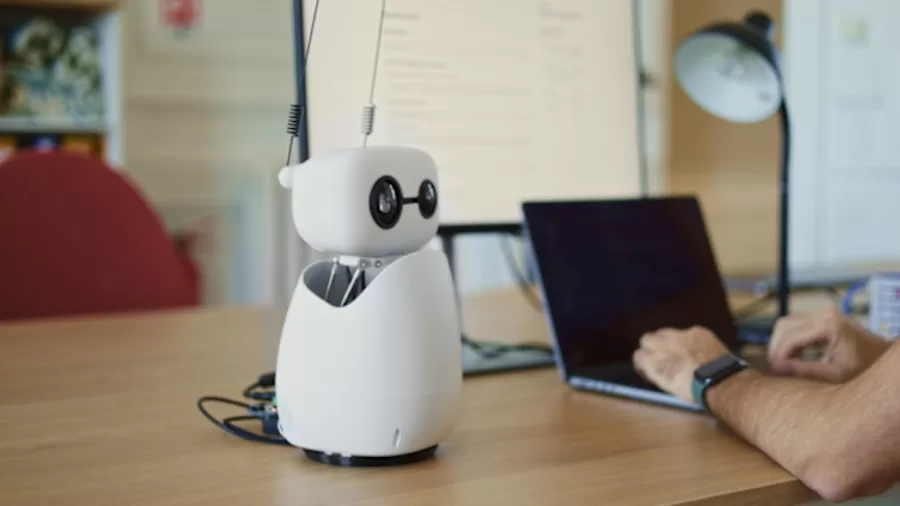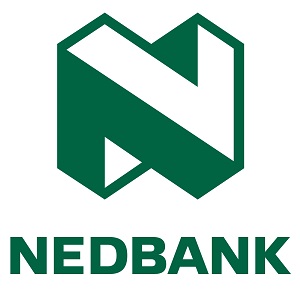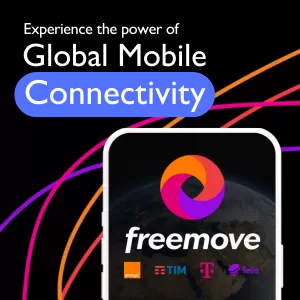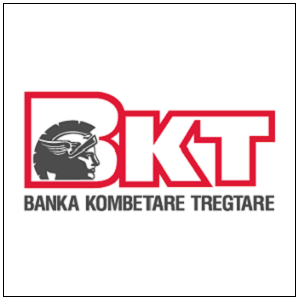Technology
Meet HopeJR and Reachy Mini: Hugging Face’s Robots Bring Open-Source AI to Life

- HopeJR and Reachy Mini, two brand-new bots from Hugging Face, have come to the arena of physical AI.
- This launch might end up being one of those monumental events that finally establish how brands worldwide interact with actual AI users.
In its infant years as just an augment for AI research, Hugging Face slowly graduated into a full-fledged platform for open-source language models. What started as a darling repository for developers has evolved into an infrastructure giant hosting over 1.7 million models.
For nearly a decade, Hugging Face has shaped the way businesses and research institutions approach language models and machine learning. At the centre of this growth is the company’s belief in transparency, openness, and community-built tools. The Transformers library brought state-of-the-art AI within reach for companies of all sizes.
The May 2025 announcement marks a significant new step: translating that digital expertise into a physical form.
Meet HopeJR and Reachy Mini
On 29 May 2025, Hugging Face unveiled two open-source robots following its acquisition of robotics firm Pollen Robotics:
- HopeJR is a full-size humanoid robot. It boasts 66 actuated degrees of freedom, meaning it can walk, wave, and express itself using body language. Designed to simulate human movement and interaction, it is equipped with modular software and full-body mobility.
- Reachy Mini is a desktop robot designed for communication, experimentation, and education. It can move its head, speak, listen, and be programmed to run conversational AI applications. While it has human-like interaction abilities, it is not a humanoid in form.
Both robots represent Hugging Face’s first tangible extension into real-world interaction platforms. They’re open source, which means companies, developers, and even hobbyists can build upon and customise their functionalities.
Why These Robots Matter Globally
Robotics and AI integration is not new, but few companies have married physical robotics with open-source language AI at this scale. In an open-source approach, Hugging Face provides both hardware and software, thereby lowering the entry barrier for companies anywhere in the world.
Fortune Business Insights mentions the global service robotics market being valued at nearly USD 22.40 billion in 2024, expecting it to reach USD 90.09 billion by 2032, registering a CAGR of 19.2%. As companies race to automate service roles, physical AI is becoming more relevant to sectors ranging from education to logistics.
Brands in emerging markets can now prototype robotic solutions without relying on costly proprietary platforms. Whether it’s a public library in Nairobi, a hospital in Buenos Aires, or a flagship store in Seoul, these robots can be adapted for local languages, services, and brand tone.
The Technical Foundation
HopeJR and Reachy Mini aren’t just about movement or novelty. Their underlying intelligence is powered by Hugging Face’s open-source models. That means developers can run real-time conversational agents, translate text, summarise documents, and even generate responses using the same platform they’ve worked with in digital products.
Technical highlights include:
- Integrations with Hugging Face’s Transformer suite and other LLMs
- Speech-to-text and text-to-speech conversion capabilities
- Modular architecture for sensor and motor components
- ROS2 integration (a popular robotic framework)
That synthesis of mechanical engineering and software openness will allow the evolution of applications. Businesses can deploy a standard model today and scale their abilities tomorrow.
Use Cases Across Industries
The flexibility of open-source robotics makes it relevant in a variety of business contexts. The early designs from Hugging Face aren’t locked to one use case, which gives brands freedom to experiment.
Here’s what adoption might look like:
- Retail & Customer Service: HopeJR gives a personal welcome, might answer questions in their FAQs, and would walk them through store sections in real time. Being humanoid in design, people feel more comfortable interacting with it.
- Education & Research: Reachy Mini could support coding classes, tutor language learners, or be used as a testbed for custom AI apps in classrooms from London to New Delhi.
- Healthcare: Hospitals may use HopeJR to orient patients, non-invasively monitor them, or handle health-related FAQs to ease the staff’s workload.
- Events & Exhibitions: Brands can use the robots as interactive agents to demo products, host booths, or provide guided tours for attendees.
A New Layer of Brand Representation
Think about how your brand sounds. Now think about how it might look and behave if it walked into a room.
With HopeJR and Reachy Mini, companies can design robotic agents that express their voice, tone, and values in a physical, interactive format. The open-source nature means you’re not stuck with a single style or function.
A finance brand in Frankfurt might choose a calm, formal script. A gaming brand in Tokyo could design a witty, responsive robot personality.
Physical AI becomes not just a service tool but a branding channel. Every interaction shapes perception.
Accessibility, Cost, and Ethical Design
A major draw of Hugging Face’s robot debut is affordability. Open hardware and software help reduce costs, especially for institutions or smaller companies that may not have multi-million-dollar innovation budgets. HopeJR is expected to cost around $3,000, while Reachy Mini is priced between $299 and $449.
But openness brings responsibility.
Hugging Face has made privacy a visible priority. While specific robot-level controls are still evolving, the company’s general approach to responsible AI suggests data control and transparency will be integral.
The company is actively working with researchers and public stakeholders to define ethical best practices, including:
- Disclosure when users are interacting with a machine
- Data handling practices built around consent
- Tools to mitigate bias in AI models
These early steps will be crucial in how the tech is received and scaled across countries.
How Hugging Face Compares to Other Robotics Players
Companies like SoftBank, Tesla, and Figure.ai are developing humanoid or AI-assisted robots too. But their ecosystems tend to be closed, with limited access to source code or hardware modularity.
Hugging Face is betting on the opposite: transparency and decentralised innovation.
This opens the door for collaborations with schools, NGOs, tech incubators, and small-to-mid-sized enterprises globally. If you’re a team in Nairobi or Manchester, you’re not waiting for a product update—you’re building your own.
Looking Forward: What Comes Next
With HopeJR and Reachy Mini now available, Hugging Face has opened pre-orders for Reachy Mini starting July 9, 2025. Broader availability and deployment are expected to scale in phases, with early emphasis on education, healthcare, and retail.
Expected future updates include:
- Improved emotion detection
- Fine-tuned multilingual speech synthesis
- Integration with enterprise CRM and ticketing platforms
- Custom avatar creation for brand consistency
What Brand Leaders Should Ask Now
These robots are not one-size-fits-all. They require intention.
If you’re exploring physical AI for your brand, ask:
- What parts of your customer journey can benefit from physical interaction?
- How do you want your brand’s voice to translate into speech and behaviour?
- Are your teams prepared to manage the data, training, and ethical guidelines involved?
AI-powered hardware is no longer experimental. It’s in motion.






















































